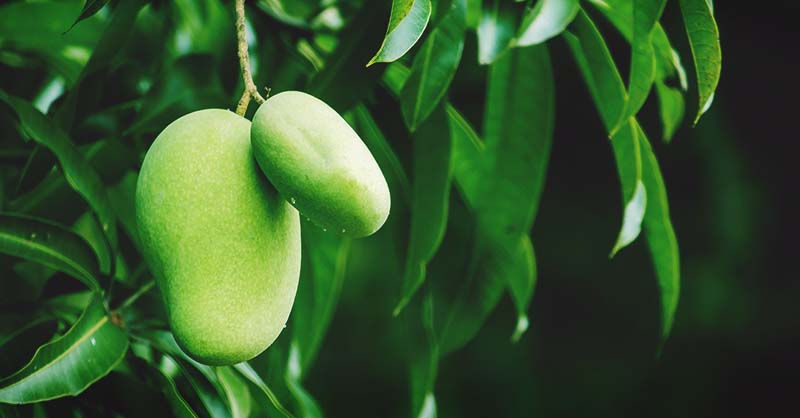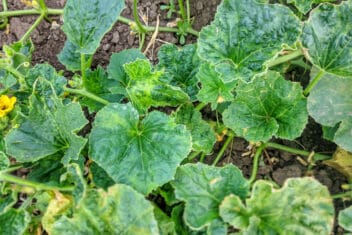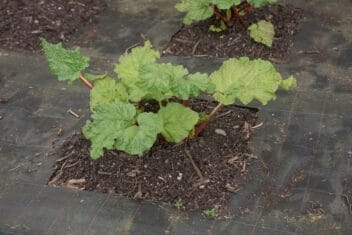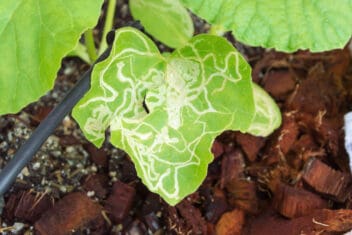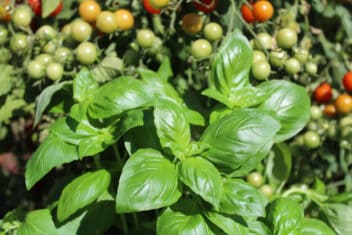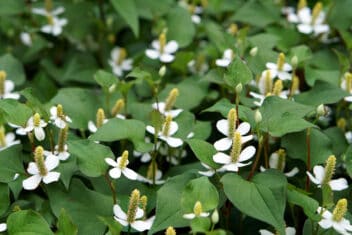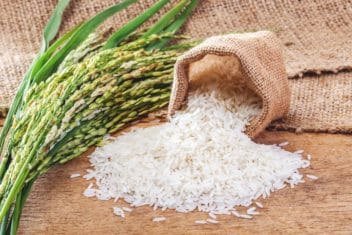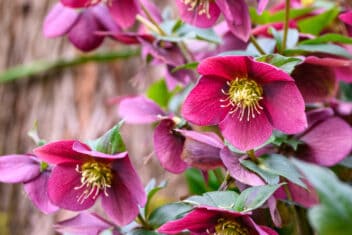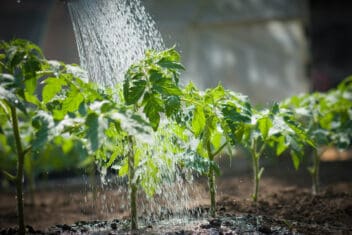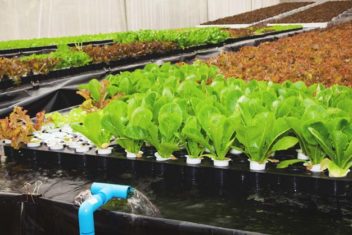When we moved to our current farm, I was blown away by the gorgeous older fruit trees we had on the property.
At our previous farm, we were still in the early stages of growing our orchard. This meant I had to fast forward and learn what must be done to keep this established orchard happy and producing.
One thing I’ve had to learn was how important ‘thinning fruit’ is. The main aim of thinning is to improve the fruit quality on a tree and how much of a harvest you get each year.
I’m going to walk you through the thinning fruit trees process, how exactly to do it, and which fruit trees need it most.
Here’s what you must know about thinning the fruit in your orchard:

What Does ‘Thinning Fruit’ Mean?
Thinning fruit is when you look at the amount of new fruit growing on your fruit trees and reduce the number by plucking some of these green fruits from the tree.
It’s important to do this while the fruit is still young. Wait until after pollination has taken place, and the tree has bloomed.
When the fruit is approximately the size of a quarter, this will be your best time to begin the thinning process.
Benefits of Thinning Fruit Trees
Thinning fruit trees can become labor intensive if you have many trees which require it. But why even bother with this process?
There are many benefits to thinning your fruit trees. Here are a few you may want to explore before deciding fruit thinning isn’t for you:
1. Better Quality
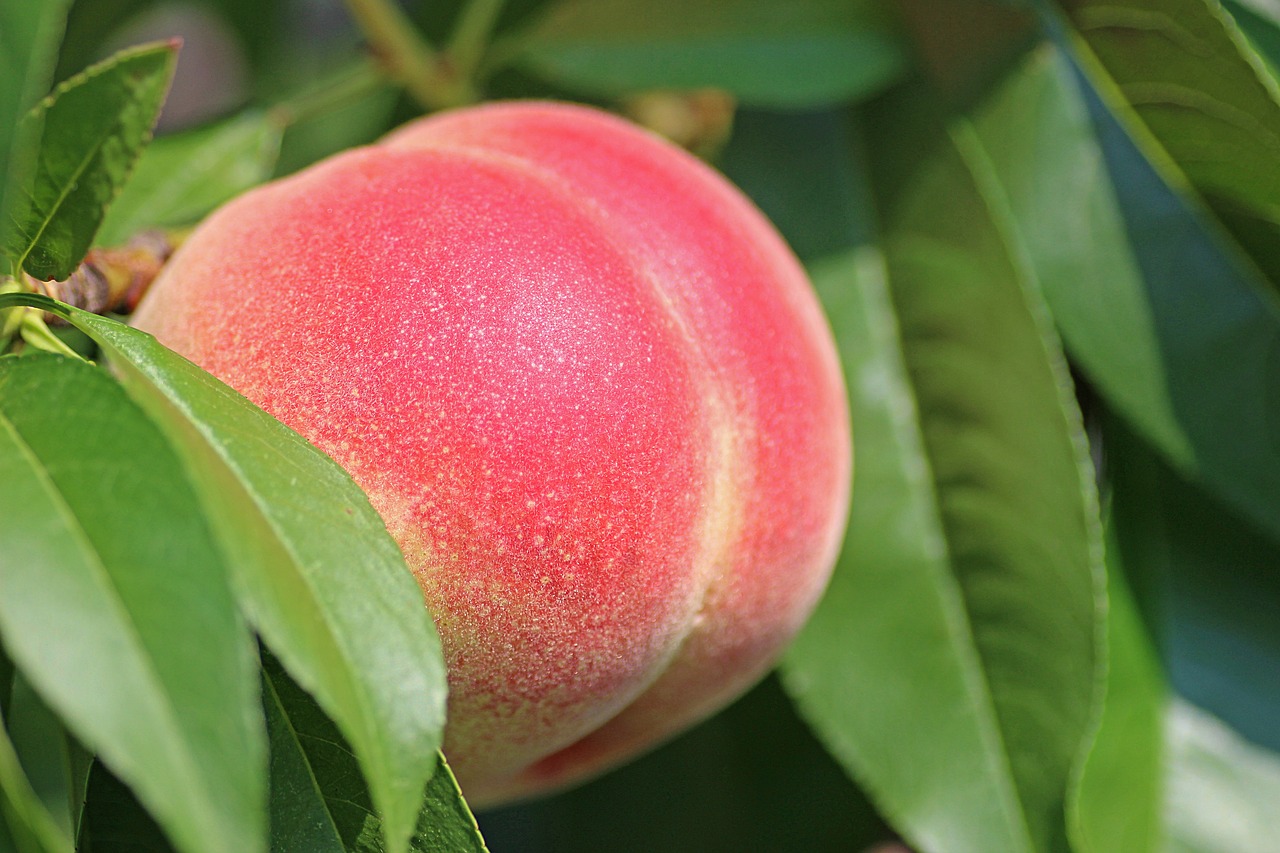
When you leave fruit trees to produce heavily every year, the tree has a hard time keeping up and the fruit quality is not that great.
If you have a tree that usually produces smaller fruit with duller colors, it might be an excellent candidate to be thinned as it is currently overproducing, but poor quality fruit.
2. Reduces Pests and Diseases
As the fruit grows on your tree, if there’s too much of it, there’s a lack of space on the tree. This is problematic because it gives plenty of places for pests to hide.
Also, when there’s too much fruit, your tree may lack air flow. As your tree lacks airflow, it leaves room for diseases to form. By thinning the fruit, you can significantly reduce both issues from happening on your fruit trees.
3. Keeps the Tree Healthy
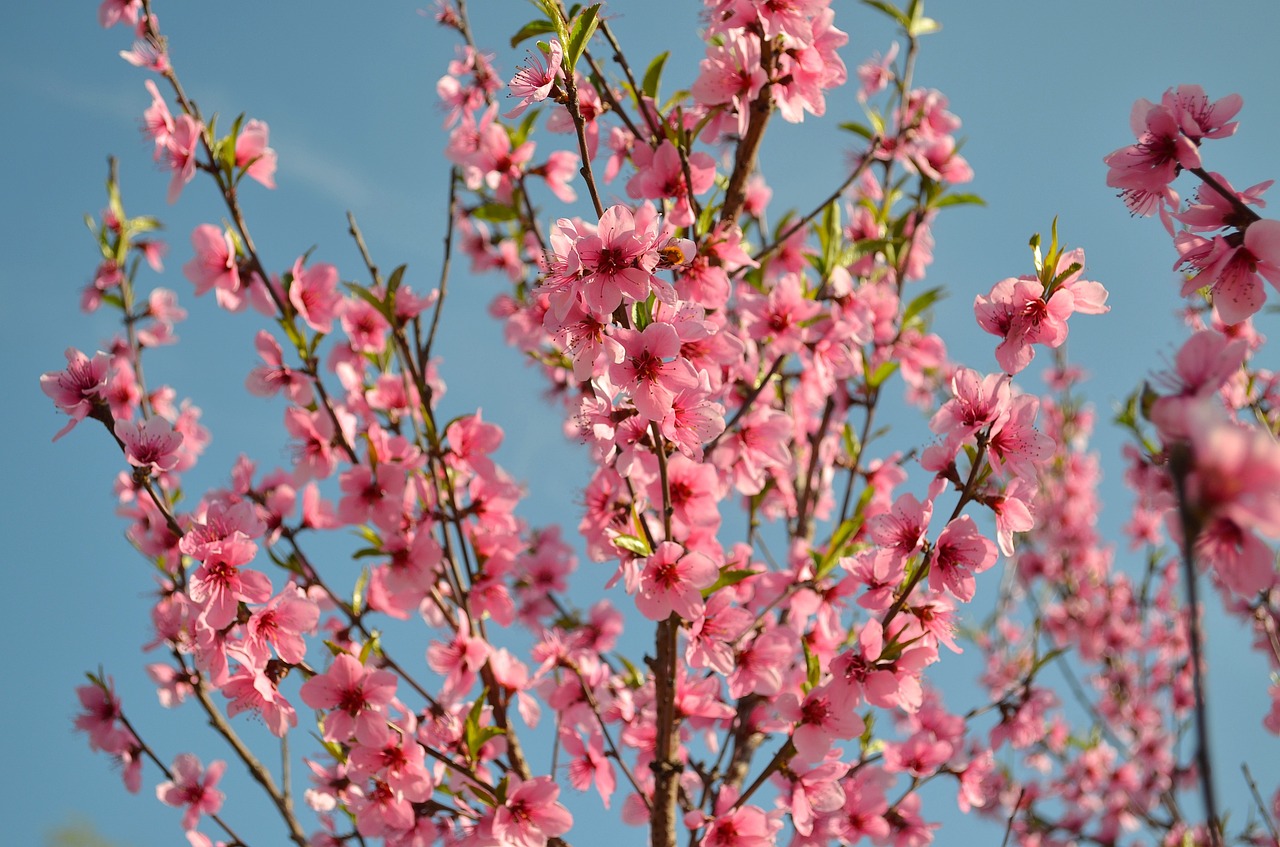
Like us, trees can only take a certain amount of stress in their lives before they finally break. If you allow your tree to overproduce, it’s likely the branches will break from the weight of the tree.
To keep your tree healthy and in one piece, remove the excess fruit. The tree will be able to bear its load easier.
4. Gives a Consistent Harvest
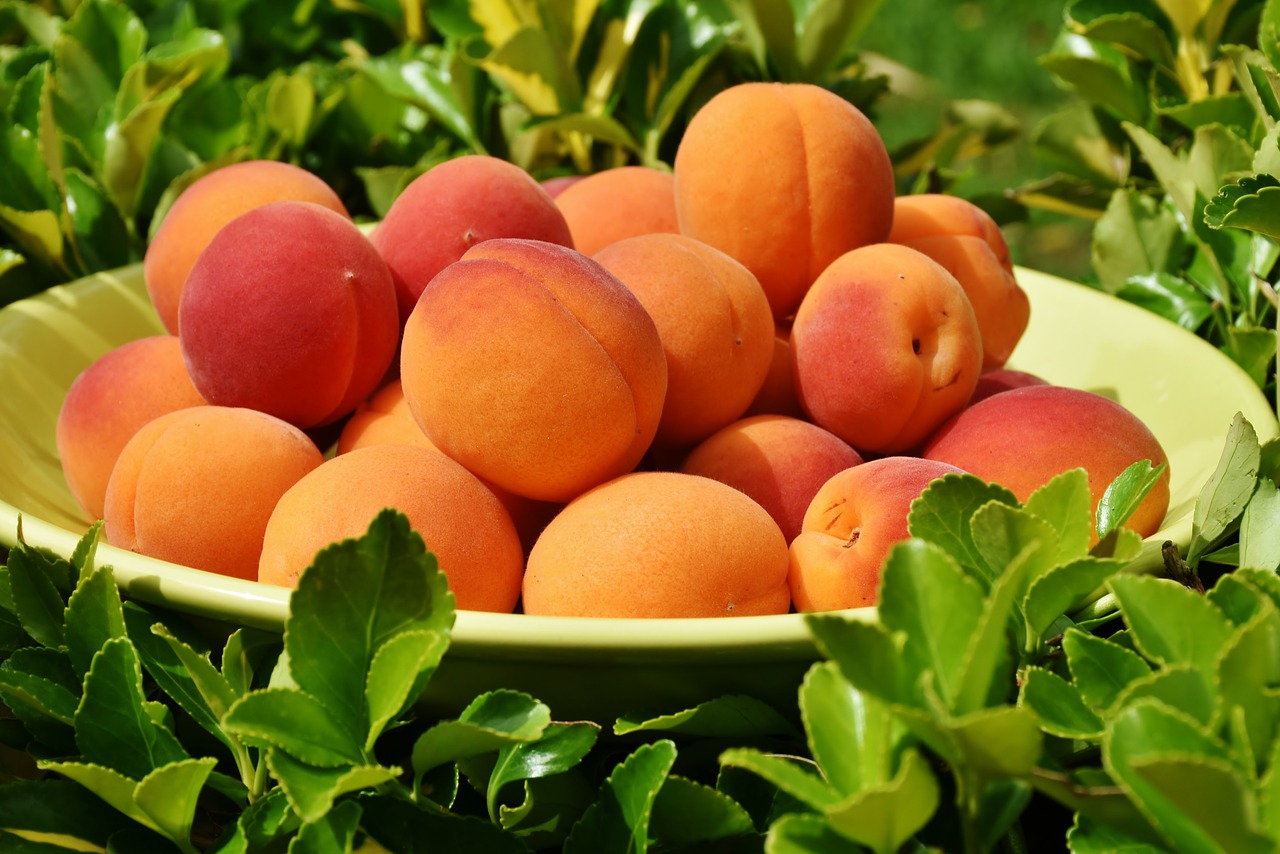
One thing which perplexed me when I became the owner of a mature orchard was why I’d get a great harvest one year and barely anything the next.
I learned it was because I wasn’t thinning the fruit. It’s referred to as biennial bearing. When the trees produce too much one year, they take a year off to regroup and will produce little. By thinning the fruit, you allow the tree to provide a consistent harvest every year.
How to Thin Fruit Trees
By this point you’ve hopefully gathered thinning fruit is an important process in caring for your fruit trees.
The good news is, it isn’t a complicated process. There are only a few steps, and you can begin to see a better quality of fruit being produced in your orchards:
1. Timing Matters
As discussed above, you should thin your trees when the fruit has reached an appropriate size. If you thin when the trees are too small, it can cause damage to the quality of fruit you pick during harvest.
Peach trees will develop a fruit which has a split pit in them. This weakens the fruit and can lead to pests, mold, and other diseases.
However, if you wait too long, the tree has already been overextended. Therefore, you won’t see much benefit for your effort.
When you see quarter sized fruit on the tree, it is time to get busy thinning fruit.
2. Twisting Motion
When thinning fruit trees, you have two options. The first option is to use pruning shears to snip the excess fruit from the tree.
The second option is to gently twist the fruit from the tree to remove it. I prefer the twisting method because it’s less cumbersome.
Either way, you must remove the excess fruit from the tree without damaging the tree limb. This could expose the tree to rot or disease if this happens.
You can collect the excess tiny fruit in a basket and feed it to your livestock or add it to your composting pile.
3. Know Your Spacing
There are a variety of fruit trees which benefit from thinning the fruit. Some produce larger fruits while others produce smaller.
If you’re thinning your apple trees, it’s a good idea to keep anywhere from six to 10 inches of spacing between the fruits.
However, if you’re thinning smaller fruits such as plums, you can reduce the spacing to four to six inches.
If you’re looking for a basic rule of thumb for how much space to place between fruits on any given fruit tree which benefits from thinning, stick with six inches.
You may decide to increase the spacing based on the size of fruit on your tree as you become comfortable with this process.
Which Trees Should I Thin Out?

Does every tree benefit from thinning? In short, no. It isn’t necessary to thin every type of fruit tree in your orchard.
Here is the list of trees which benefits from fruit thinning:
The following trees won’t usually require thinning of their fruit:
- Citrus trees
- Cherries
- Prune
Thinning fruit trees may sound like a great deal of work, but if it can improve the quality of the harvest and the health of your fruit trees, then it is absolutely worth it.
Good luck with your fruit harvest, this year and for years to come. We hope you enjoy the fruit of your labor and have enough to preserve for your enjoyment all year long.

